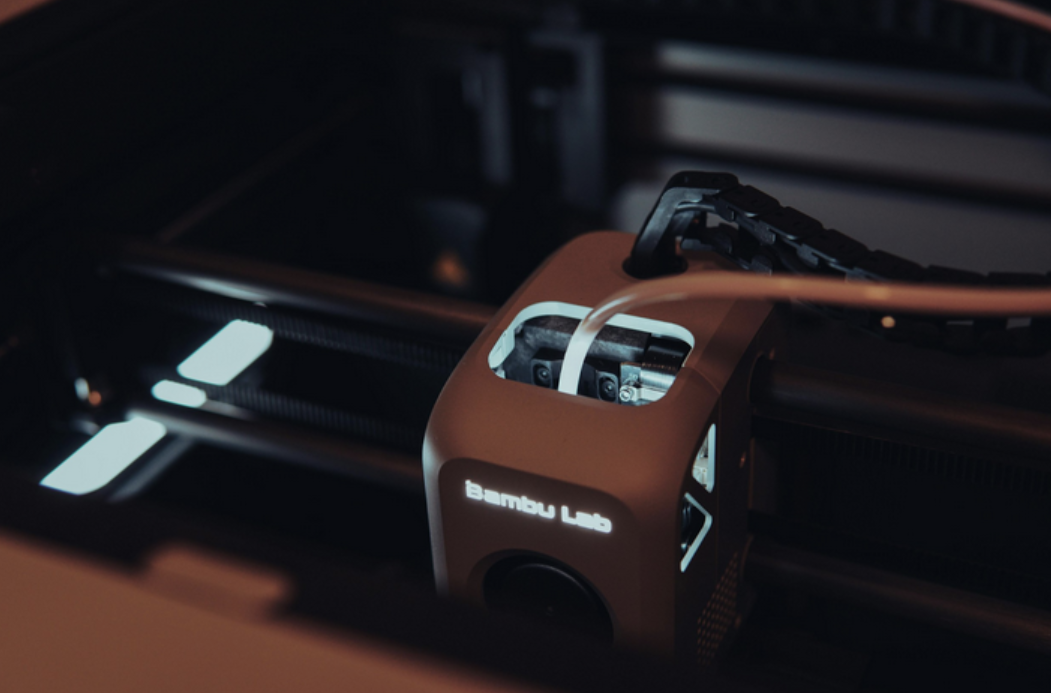You’ve got a great idea for a new product! The research confirms there’s a real market need, and you’re eager to bring it to life. But before you rush to launch, there’s one crucial step that separates successful products from costly missteps — building a prototype.
A working prototype gives you something no sketch or CAD file can: real-world insight. It helps answer critical questions early on:
- How does it feel and function in use?
- Are there design flaws or material issues?
- Can it be manufactured efficiently?
Identifying these issues early can save time, money, and frustration throughout development.
Here’s why prototyping is one of the smartest investments you can make:
1. Visualizes the Concept
A prototype brings your concept to life. It’s where ideas move from paper to reality, allowing designers and stakeholders to engage with the product in a tangible way.
Seeing and touching the prototype reveals opportunities for improvement — in materials, ergonomics, texture, color, or functionality. It’s the moment when “what if” turns into “here’s how.”
This stage also opens the door for future upgrades or design iterations, helping you think ahead while perfecting the present.
2. Detects Problems Early
Prototyping exposes design flaws and usability issues before they become expensive mistakes. Whether problems arise from engineering challenges or user testing, identifying them early keeps development on track and budgets intact.
By addressing these issues before mass production, you avoid unnecessary rework and ensure a smoother manufacturing process.
3. Reduces Costs
Creating a prototype can reveal cost-saving opportunities in manufacturing, materials, or functionality.
At Enki, we use both 3D printing and interactive digital prototyping to identify the most efficient solutions. These methods often uncover smarter, more economical production paths — turning your prototype into a powerful tool for both design and financial optimization.
4. Enables Feedback-Driven Improvement
Prototypes are invaluable for gathering feedback from users, investors, and internal teams. This feedback shapes the next version of your product and can even inspire future product lines.
By iterating based on real-world testing, you create a product that truly meets market needs — without having to start from scratch each time.
5. Improves Communication
A prototype aligns everyone — designers, engineers, marketers, and investors — around a shared vision. It removes ambiguity and ensures discussions are grounded in something real.
For customers, a physical prototype makes it easier to understand and evaluate your product. For investors, it’s often more persuasive than any pitch deck — proof that your concept works and is ready for the next step.
6. Builds Investor and Customer Confidence
A well-executed prototype signals professionalism, preparation, and attention to detail. It shows that you’ve thought through design, materials, performance, and market appeal — and that you’re serious about bringing a high-quality product to market.
For investors, a prototype demonstrates fiscal responsibility and commitment. For customers, it’s a tangible sign that your product delivers on its promises.
7. Validates Manufacturing Feasibility
Prototyping isn’t just about design — it’s also about figuring out how to make the product efficiently.
During the prototyping phase, you can test different materials, explore various production methods (such as 3D printing, laser cutting, or traditional molding), and identify the most cost-effective approach.
These insights make mass production smoother and more predictable.
8. Speeds Up Time to Market
It might seem counterintuitive, but building a prototype actually helps you launch faster. By resolving design and production issues early, you prevent costly delays later in the process.
A prototype also enables better communication and collaboration across teams, ensuring that everyone stays aligned on goals and timelines.
Finally, it’s essential for market research — letting real users test, react, and provide input before launch. That feedback leads to smarter improvements and a stronger final product.
The Bottom Line
Prototyping is not just a step in product development — it’s the foundation of success.
This guest blog post was provided by Enki Product Development. At Enki Product Development, they have helped countless clients turn their ideas into thriving products. They know firsthand that adding a prototype to your development plan is one of the best decisions you can make for a smoother, more successful market launch.
Ready to bring your product idea to life?
Click here to schedule an intro call with Enki Product Development.



